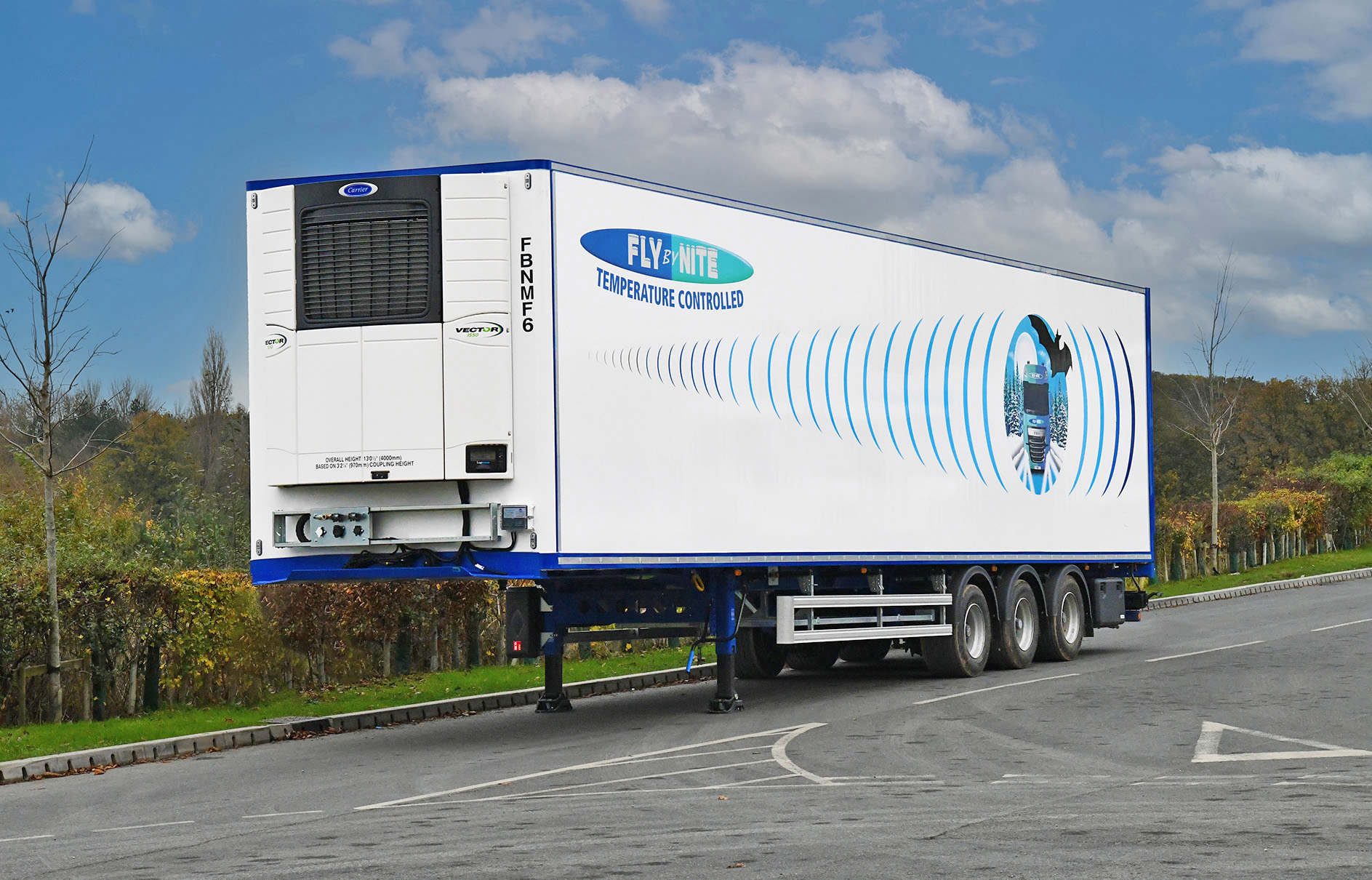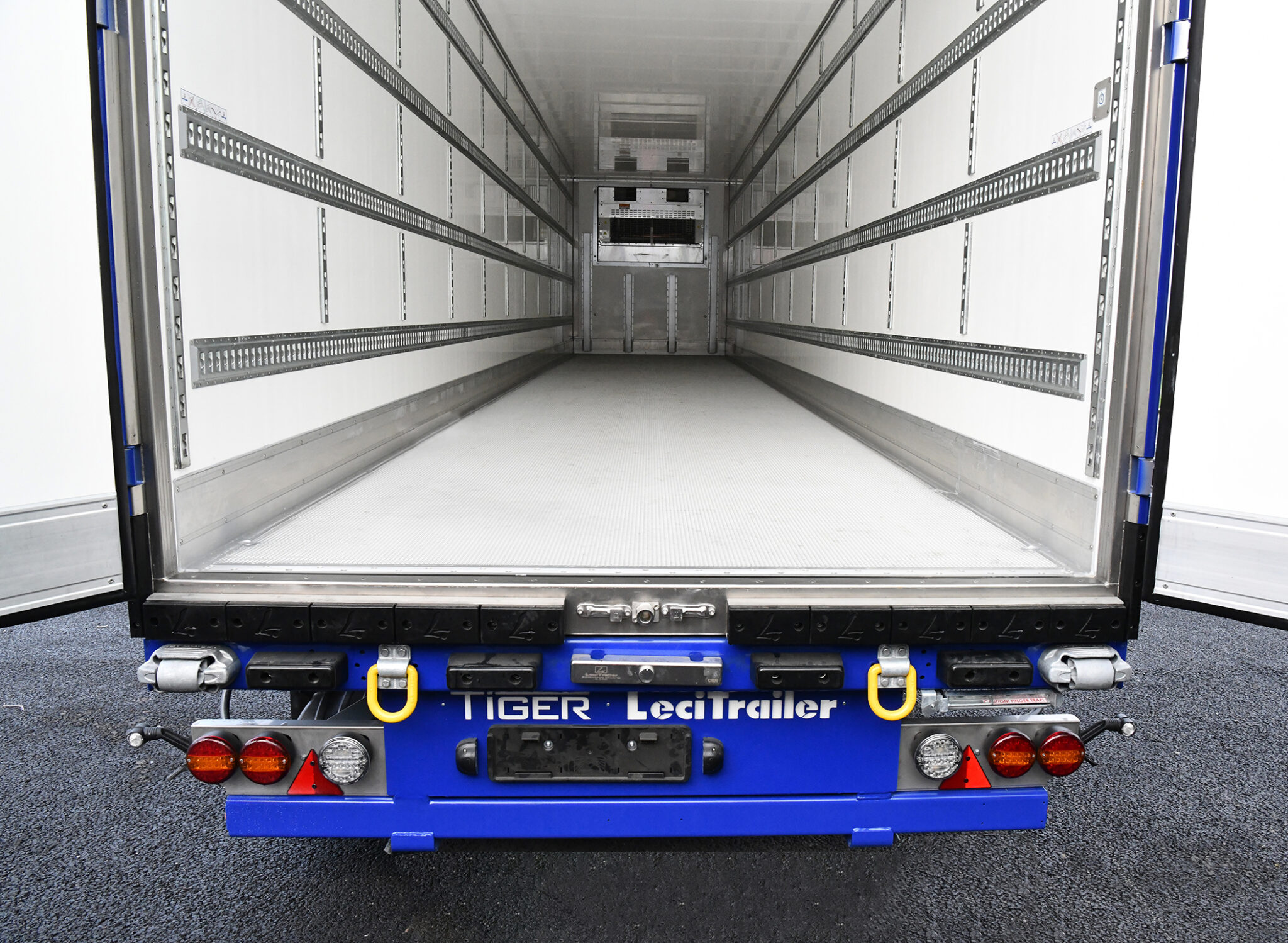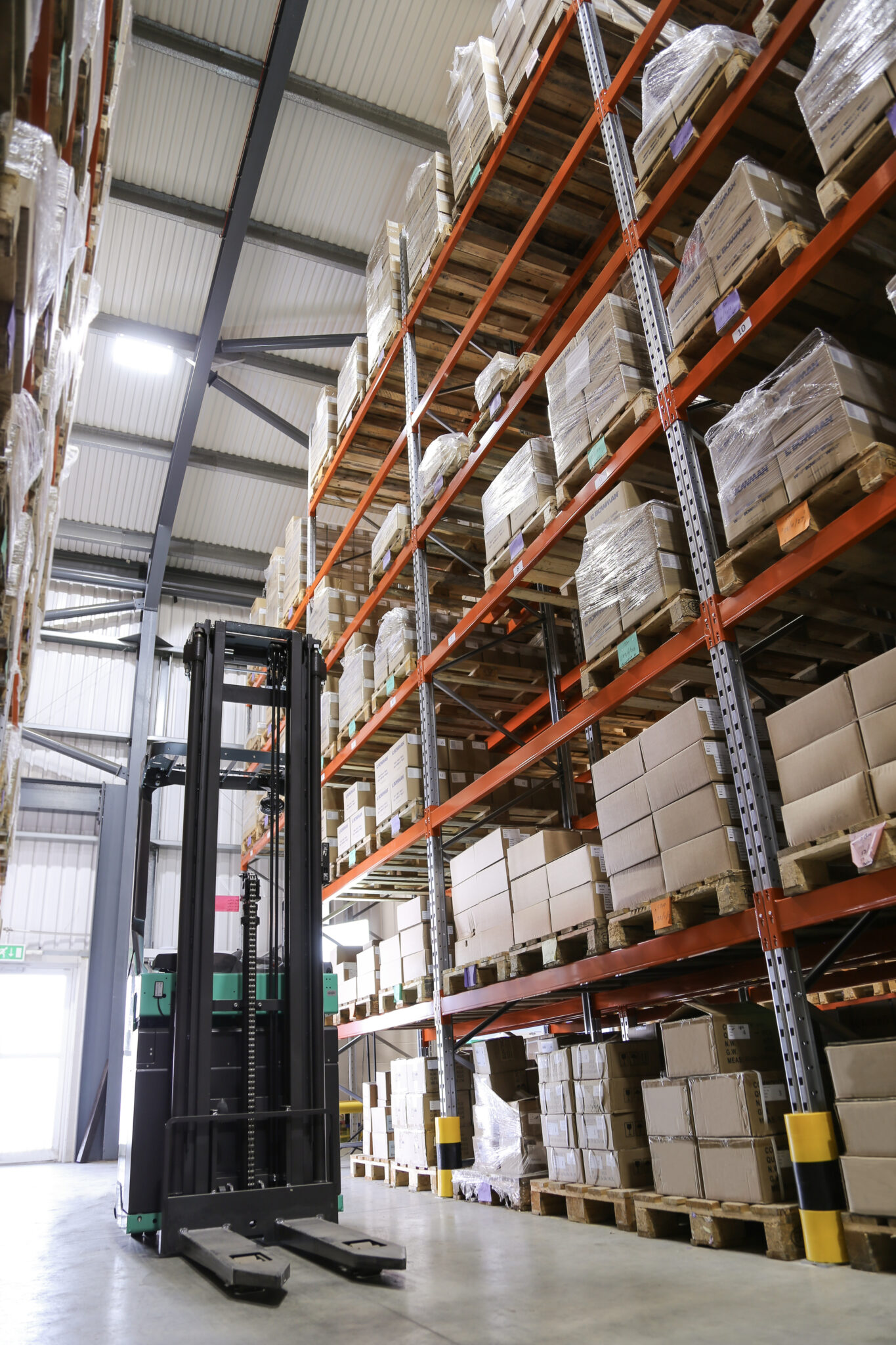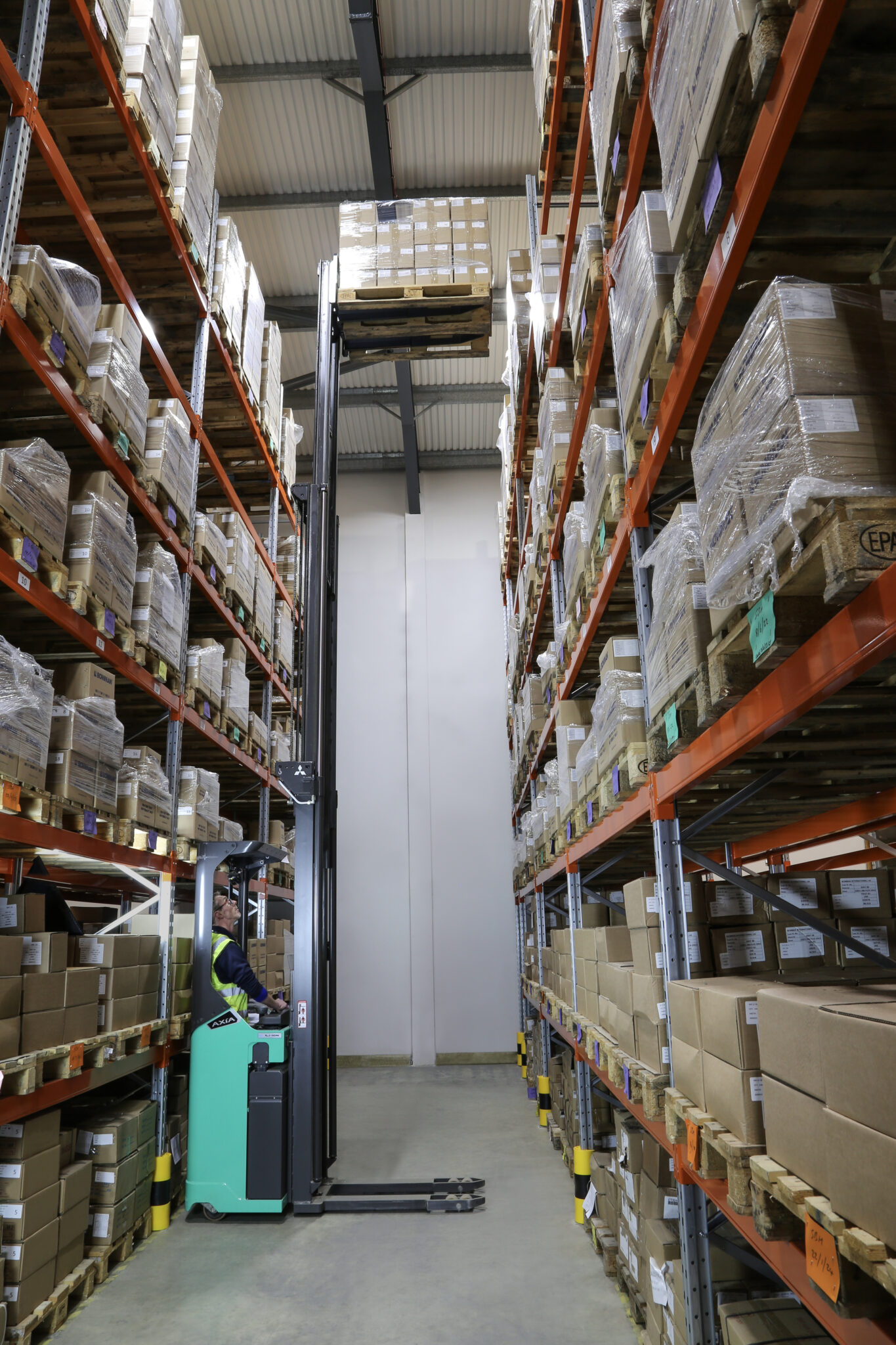With Black Friday fast approaching, brands and retailers are in full planning mode, writes Jonny Mocton, CEO at ITD Global.
Officially the biggest shopping day of the year across the globe, Black Friday continues to see sales growing each year. According to Finder’s latest research Brits plan to spend an estimated £3.8 billion on Black Friday and Cyber Monday purchases this year, and despite an unsettled economic climate, analysts are predicting a bumper spend for 2024. So how can retailers prepare for Black Friday, and what can logistic companies do to help them create a seamless customer experience?
Forecast demand
As we all know an efficient customer experience starts with accurate demand forecasting where businesses use existing data from previous years, and current trends such as inflation or changes in consumer behaviour, to predict sales numbers. As in recent years we’re predicting that the 2024 Black Friday sales period will run throughout November and potentially December, giving cautious consumers a longer time period to make their purchases, and also crucially allowing retailers and logistics companies to prevent too much concentration of activity over the Black Friday weekend.
According to IMRG, Black Friday 2024 will see consumers seeking deals earlier, and Experian predict that the early holiday shopping trend will continue to become more pronounced, “with consumers now beginning their end-of-year shopping well before Halloween, seeking to take advantage of early deals and discounts, and spreading out their budget.”
Collaborate with logistic partners
Consumer behaviours and preferences have been changing and reshaping the Black Friday shopping landscape over the last few years. Experian note that online sales are on the rise – “a consistent 1% year-over-year increase in online sales, while in-store sales have seen a 1% decrease.”
Senior account executive at Retail & CPG, Anna Liparoto claims that “it’s easier for consumers to comparison shop for large ticket items online that they might find at a mass retailer or office supply store. Consumers prefer to have larger, bulkier items shipped directly to their home for minimal cost. By shopping online, consumers can save time since they don’t need to wait in checkout lines.”
With this in mind it’s crucial that retailers work in partnership with their logistic partners making sure they’re aware as early as possible of any changes in volume and products, and when key promotional periods will be taking place. Our business model allows retailers to switch carrier providers almost instantly and without penalty, to accommodate changes in delivery demand, making sure that they are getting the best available rates and optimised route planning. This helps our clients to manage high volumes of deliveries efficiently, and ensures packages reach their customers on time, even throughout the peak season.
Enhance customer experience during peak times
While efficient operations are crucial, customer experience remains a key differentiator in the ecommerce space and the peak season is a critical time to make a lasting impression on customers. Whether it’s delivering time-sensitive orders for Black Friday or managing high-volume shipments during the holiday rush, it’s crucial to manage customers’ expectations with realistic delivery dates. Consumers expect transparency and regular communication about their deliveries meaning tech investment is key for retailers and logistics providers. We’ve invested in our own bespoke platform that offers transparent communication regarding delivery times, potential delays, and tracking information.
The impact of returns
Analysts predict that returns strategies will also be crucial for retailers for Black Friday success, as one in every four items purchased during the sale will be returned. Lee Thompson, CEO at Fulfilmentcrowd notes that “when it comes to customer experience, post-purchase will play a critical role, with real-time tracking and hassle-free returns becoming key differentiators.”
Businesses must provide a clear returns policy prominently on their website, making sure it’s easy for customers to find and clearly outlines the steps involved and the timeframes for refunds or exchanges. Delays in processing refunds can frustrate customers and damage a company’s reputation so providing a quick refund is key for retailers.
Laura Morroll, supply chain partner at PWC UK, believes that returns could impact pricing strategies this Black Friday, and adds “the aftermath will pose the same issues it does every year for all parties in the supply chain. It will be interesting to see the impact that charging for returns has on consumer buying as many retailers have introduced it more recently.”
PWC UK’s Consumer Sentiment survey shows that shoppers are feeling more positive thanks to lower inflation and interest rates. Despite this, experts agree that consumers remain cautious to part with their hard-earned cash. As Black Friday approaches, retailers and brands are faced with a number of challenges and opportunities and it is clear that they will have to offer a number of promotional strategies and genuine bargains to stay competitive. However, with strategic planning, strong logistics partnerships, and a commitment to customer satisfaction, we believe that businesses can not only survive but thrive during the 2024 peak season.
similar news











